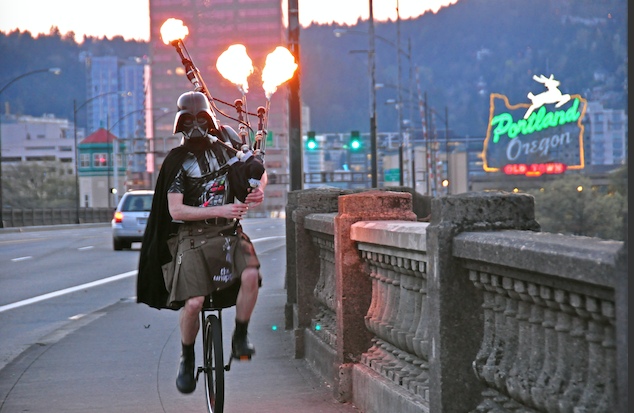I am in my second decade of developing websites and while a lot has changed, the questions you need to ask to make your website useful and successful are the same:
Why would someone go to your site? What are they looking for?
These may seem like obvious questions, but you would be surprised how many times during the consultation phase of a new website project the conversation is dominated by the needs of the internal team rather than the end-user, the consumer. And this is something that’s consistent across the board, regardless of industry.
It’s not that your website shouldn’t be a tool to solve problems for your team; it absolutely should, but that’s not your website’s first job.
So let’s get back to the WHY of a tourism website. When a traveler is researching a destination or attraction, using your website means they are pretty far down the path of conversion to visitor. They are interested in you, yay! So, they’re going to book their trip, right? Nope. They’re going to find a restaurant and navigate the destination? Nope. That’s what Yelp, Google, and other apps are for.
So why do they come to your site?
They want to be convinced. They want to know you’re a good fit, that your destination will deliver what they’re looking for. They want to be sold on the experience first, then move forward with planning their trip.
So how do you inspire them? How do you deliver them from website visitor to destination visitor?
1. Lead with your strengths.
You can’t be all things to all people – maybe gastronomy is a red-hot visitor draw but your destination is loaded with historical sites. Use your strongest visitor themes – just like your mother said, there are plenty of people who will like you for who you are! (You do you, Portland.)

2. Offer what other sites cannot! Your story! Your exclusive content!
Tripadvisor and Yelp can’t tell a visitor what the hidden gems are, the “MUST DOs” for a destination. Focus on sharing content that they can’t get anywhere else. (This goes for social content too!)

3. When sharing your story, do it visually!
Visual content outperforms all other content – that means images and videos – so prioritize your time and resources toward gathering (from partners and visitors) and creating this kind of content. Bonus – you can use it on social too!

4. Bring your destination to life on the page.
Stop being just a warehouse for listings and start sharing your tourism assets in context of the visitor experience with itineraries, events, stories, and news of your destination.

5. Make sure visitors can picture themselves in the destination.
Evaluate your content. Do you see diversity and a broad spectrum of the human experience represented? You want all visitors to feel welcomed and included!
This also means ensuring your website content is accessible to visitors with disabilities (learn more). Again, it’s about inclusion!

Too busy to put these strategies into place? Contact me at susan@hellopaperkite.com to see how Paperkite can connect you with travelers seeking new adventures.
Don’t be the best kept secret…be the next big thing!



